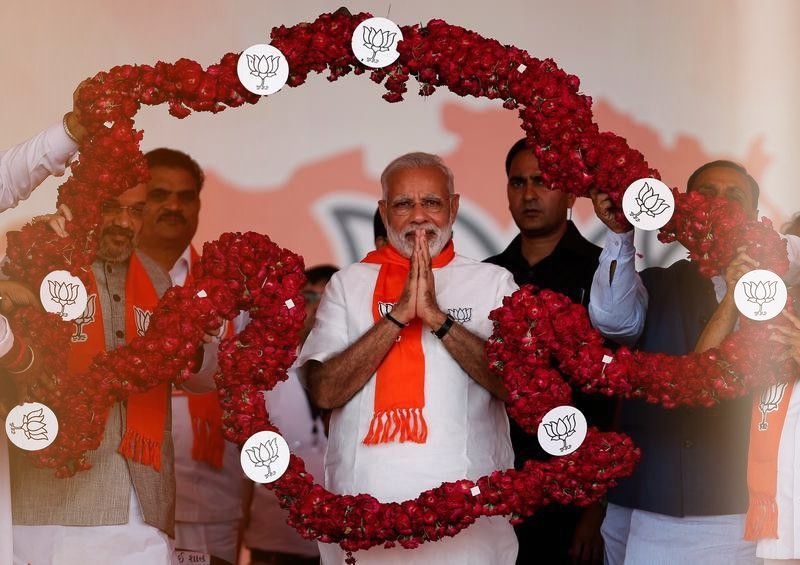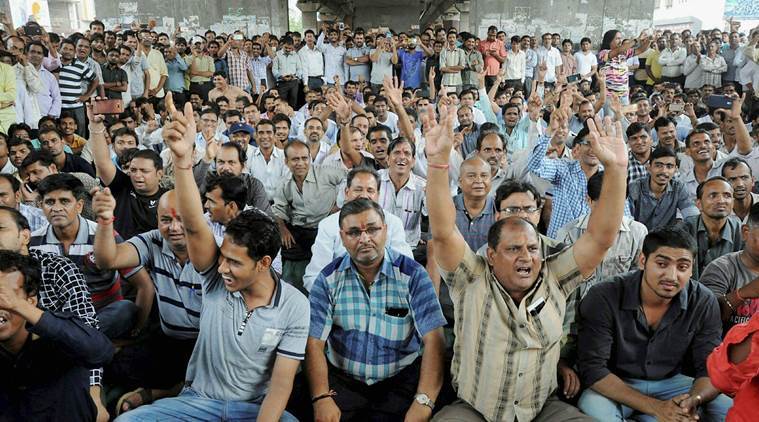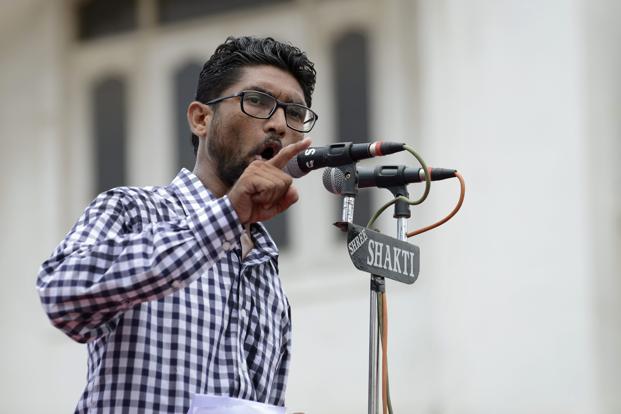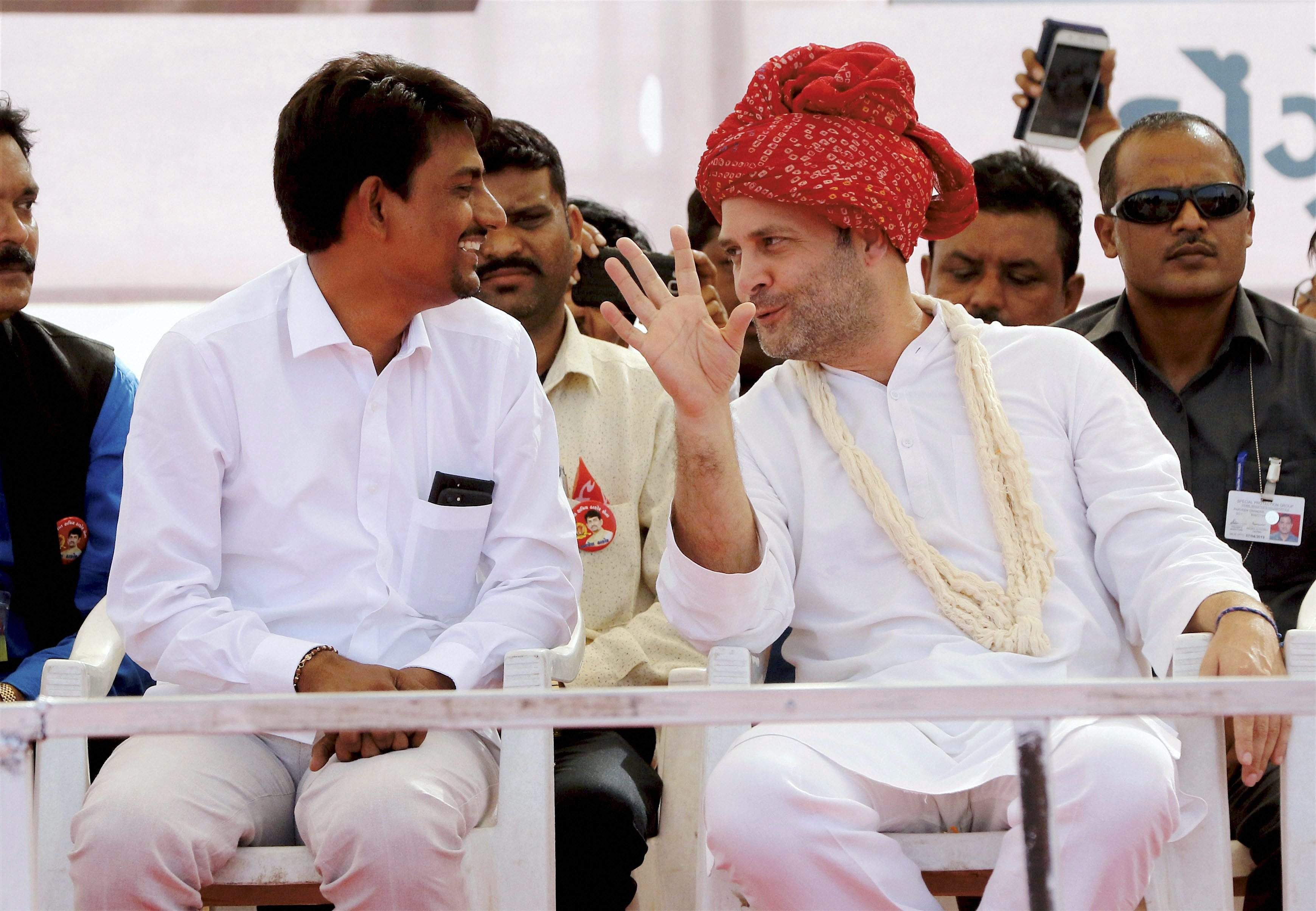Gujarat’s minorities may have a common enemy in the ruling party and government for now. However, the state’s recent history provides many instances of clashes between these sections of the population.
After 19 years of unbroken rule, Gujarat’s BJP is facing a serious challenge. The challenge comes less from the opposition and more from a discontented populace. The ruling party’s appeals to ‘six crore Gujaratis’ ring somewhat hollow amidst the economic slowdown, sloppy taxation and monetary policies, agrarian distress, rising unemployment, the suffering caused by the recent floods and the collapsed health and transport infrastructure that the monsoon deluge highlighted once again.
Amidst this growing, multi-dimensional crisis, the BJP’s longstanding call to Gujarat’s asmita or pride, and the twin poll planks of Hindutva and development may not cut much ice. The popular, morally lofty slogan of suraj or good governance has also taken a beating amid allegations of corruption and favouritism leveled at close relatives of senior leaders such as former chief minister Anandiben Patel and party chief Amit Shah. It is in this context that a social media campaign Vikas gando thayo che (development has gone mad) struck a chord with a cross-section of the population, and went viral on- and off-line.
Various constituencies have expressed their unhappiness with the ruling party by demonstrating on the streets in large numbers. This includes textile and diamond traders in Ahmedabad and Surat and local women health workers (Accredited Social Health Activists, or ASHAs) in various parts of the state. The most enduring opposition has come from three sections of the population – Dalits, OBCs and Patidars, who feel sidelined in the current Gujarat economic and political model.
Dalit movement
Dalits form around 7% of the population and continue to face discrimination, untouchability, oppression and violence from employers and socially dominant groups. Long-term government initiatives of economic redistribution and productive asset generation, say in the form of land reforms, have tended to reach them on paper only.
The plight of the Dalits of Gujarat even made headlines in July 2016. A video of cow vigilantes (gau rakshaks) thrashing four semi-naked Dalit youth in the state’s Una town was widely viewed and discussed all the way to the parliament. The young men and their families had been harassed for allegedly skinning a dead cow.
Dalits across the state refused to collect cow carcasses, even when requested by panchayats and municipalities. They organised protest marches, with slogans such as ‘gai ki punch tum rakho, hame hamari zameen do’ (you are welcome to keep the cow’s tail, give up the land that belongs to us.’

Dalit community members shout slogans at a protest rally in Ahmadabad in August 2016. Credit: PTI/Files
The initial inaction of the police in the Una incident, the plight of Dalits forced to take up degrading jobs, and their humiliation in the name of Hindu pride only underlined that the government’s Gujarat model of development was not for the minorities – including Dalits.
Jignesh Mevani, a young lawyer who has for long used public interest litigation to challenge government inaction on land redistribution to Adivasis and Dalits, has become the face of Dalit resurgence. He has provided leadership to a politics of protest and pride that goes far beyond an individual. Alongside strikes, marches, speeches, land takeovers and social media campaigns, we should also take note of the rising number of Gujarat’s Dalits who are embracing Buddhism. The yearly conversion has tripled from 500 to 1,500 plus since the Una incident.
In public, Mevani’s anti-government politics complements that of another youth leader Hardik Patel.
Patel shot into the limelight in 2015 as the head of the Patidar Anamat Andolan Samiti (PAAS). PAAS channels discontent among the Patel youth who face pressures on land and an unviable agricultural sector, a downturn in private sector jobs and high barriers to public sector employment that they blame on reservation policies aimed at Dalits and other backward classes.
Patidars
Patidars are traditionally landowners, or holders of pattas (titles). There are vast status differences in the Patidars of, say, the agriculturally fertile Charotar tract of central Gujarat, versus their slightly lower status brethren in Rajkot or elsewhere in Saurashtra. The highest status Patidars, with the largest amounts of land, have tended to branch off into agro-industry, industry and even politics in post-independence Gujarat. However, despite internal differentiation and notable exceptions, Patidar youth appear to be struggling economically today. This is being manifested in their support for PAAS.
Dalits and sections of Patidar youth – and their leadership – may have a common enemy in the ruling party and government for now. However, Gujarat’s recent history provides many instances of clashes between these sections of the population. In the late 1970s, the Congress under Indira Gandhi brought together a coalition covering approximately 70% of Gujarat’s population. The Kshatriya, Harijan, Adivasi and Muslim (KHAM) combine was the brainchild of the OBC Congressman Jinabhai Darji.
Also read: Fast Changing Equations in Poll-Bound Gujarat, BJP Uncomfortable on Home Turf
KHAM strategy
KHAM aimed to widen the political space through the democratic electoral process in upper-caste dominated Gujarat. The KHAM strategy worked very well for the Congress in the 1980 assembly elections. The party fielded KHAM candidates in 111 out of 182 available seats; 96 were elected. But KHAM faced an almost immediate backlash, led by upper and middle-caste Hindus, including Patels. They attacked the Congress government’s reservation policies and brought the anti-reservation agitation to the streets. Dalits and Muslims were the biggest targets of this violence, which was at its worst in 1981, and again in the election year of 1985.
Pamphlets such as the following were widely circulated in the 1980-85 period:
All of Gujarat’s Patel Brothers, Awake
Our community has been repeatedly attacked, often with fatal consequences (jeevlen humlao), by Muslims, Harijans and Thakors (OBCs). It is vital that the Patel fraternity should awaken and offer a retort to our attackers.
….Have these people from untouchable, dirty groups (tuchh) forgotten that they used to clean our dirt, function as scavengers (aapnu melu upadta hata)? The people who have done these dirty jobs for years, now sit in big offices and banks, and act as our bosses, thanks to the reservation policy. We cannot bear this any longer.
– Naranpura Patel Youth Group, 1985 (cited in the report of the Justice Dave Commission of Inquiry 1990)
As urban Gujarat witnessed anti-reservation protests, there was also upheaval in rural areas. The KHAM years witnessed village-level agitations for reclaiming land that had been granted to Dalits and other landless groups in the post-independence period under policies of land reform. Rajputs and Patels continued to control the land in practice. For the first time in 1980-85, those represented by the KHAM umbrella spoke of amaari sarkar or our government. There seemed to be hope for the redistribution of resources, along with the realignment of power.
One of the early land-related initiatives of backward caste chief minister Madhavsinh Solanki’s government was to re-open 25,000 cases against land ceiling avoiders. However, politically powerful individuals, such as Chimanbhai Patel and Keshubhai Patel stalled the cases. Influential lobbies such as the Gujarat Chamber of Commerce and Industry, the Gujarat Chamber of Agriculture and the Khedut Samaj backed their writ petitions. Keshubhai was the BJPs first chief minister when it inaugurated its innings in power in 1995, and returned on a more stable wicket in 1998.
Also read: Why Gujarat May End Up Being a Hard Nut to Crack for the BJP
A broad urban and rural coalition of upper and middle-caste Hindus materialised during the anti-KHAM, anti-reservation, anti-land reform stirs. An emerging BJP provided leadership to this coalition. Together, the protesters brought down the KHAM-backed government of chief minister Solanki. Solanki had been re-elected in 1985 with the biggest mandate ever granted to a Gujarat politician. The Congress’ vote share of 55.6% under him is unmatched even today. The Congress held on to power in 1985-90 and was part of unstable coalitions in the early 1990s. However, it was a much weaker party with an unclear agenda. Its initiatives towards a politics of redistribution were firmly set aside.
Congress’s agenda
A Congress that has been out of power for over 20 years is today hoping to re-kindle the electoral energy of the KHAM years. In its true nature as an umbrella for varied constituencies, the party wants to tap into the popular unrest of Dalits and OBC Thakors, but also upper and middle caste traders, agriculturists, Patidars and others.
While wooing the supporters of Mevani, Patel and AlpeshThakor, the Congress party should be asking itself some hard questions. To what end is the Congress seeking to bring together the politics and grievances of groups that may face a common opponent, but who also challenge each other in the politics of the everyday? What substantive alternative does the Congress offer to the agitating populations of Gujarat? In what ways will it address the possibly universal demands of Gujarat’s youth, say for jobs and dignity?
Hindutva and muscular, big-business-friendly development was the big picture vision of one of Gujarat’s political poles. What is the vision of the other pole that is seeking resurrection? And why should groups as diverse as Gujarat’s Dalits, Patels, OBCs, Muslims, traders and others buy it? In retrospect, the short-lived KHAM experiment offered hope but ultimately instrumentalised the socially and historically marginalised in the race for power. How will the political overtures of today be any different?
Nikita Sud teaches at Oxford University. She is the author of Liberalisation, Hindu Nationalism and The State: A Biography of Gujarat (Oxford University Press, 2012)






Comments are closed.